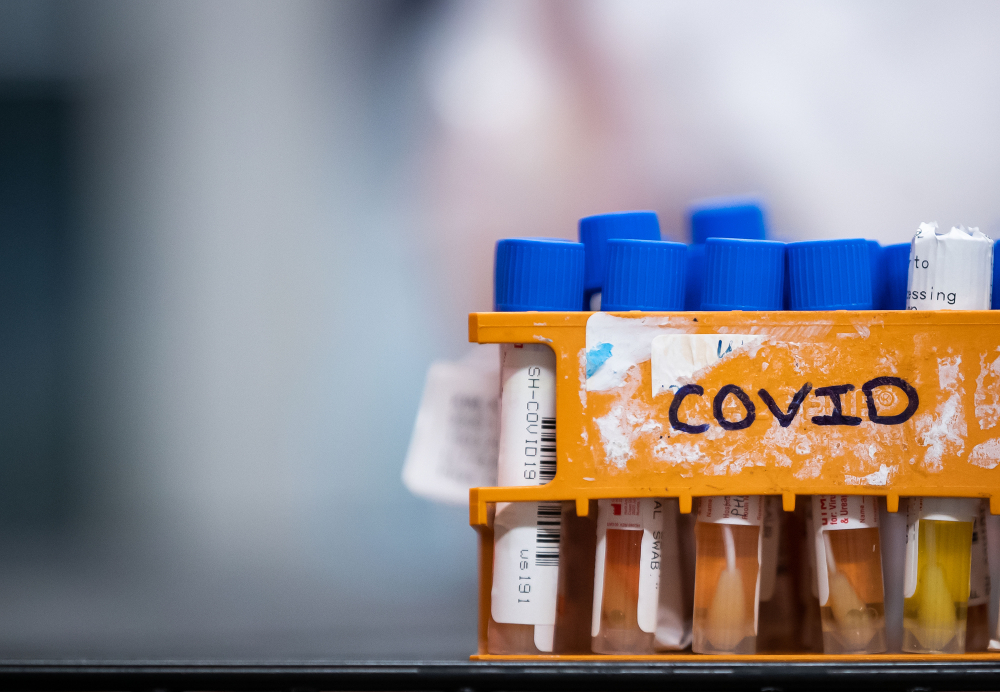THIRD WORLD USA
20 states boost minimum wage, some by just pennies
JAN. 1, 2021

Restaurant workers often are among those who receive the minimum wage. Photo by Jim Ruymen/UPI | License Photo
Jan. 1 (UPI) -- With the start of the new year, 20 states have raised their minimum wage -- by as much as $1.50 per hour and as little as 8 cents.
For some workers, the increases will help their families whose bread earners have been hard-hit by the coronavirus and are trying to make ends meet. For others, miniscule increases won't make much of a dent.
"We have lots of low-wage, service workers who are working through the COVID crisis, many of whom are in jobs with a greater risk of transmission," Ken Jacobs, chair of the Center for Labor Research and Education at the University of California-Berkeley told CNN.
"This will be a very welcome boost for them. As well, a lot of families are struggling right now in this crisis," Jacobs said.
NOT ONE STATE RAISE IT TO $15
The biggest minimum wage jump comes in New Mexico, which raised the required salary by $1.50, to $10.50. The tiniest increase comes in Minnesota, where workers will gain an additional 8 cents an hour, to $10.08.
Among states with big increases are Arkansas (up $1 to $11), California (up $1 to $14), Illinois (up $1 to $11) and New Jersey (up $1 to $12).
Among those with small increases are Alaska (up $15 cents to $10.34), Arizona (up 15 cents to $12.15), Florida (up 9 cents to $8.65), Maine (up 15 cents to $12.15), Montana (up 10 cents to $8.75), Ohio (up 10 cents to $8.80), South Dakota (up 15 cents to $9.45) and Washington (up 19 cents to $13.69).
Other states providing increases are Colorado (32 cents to $12.32), Maryland (75 cents to $11.75), Massachusetts (75 cents to $13.50), New York (70 cents to $12.50) and Vermont (79 cents to $11.75).
New York city, however, has a $15-per-hour minimum wage, and certain suburban areas are higher than the $12.50, as well.
Some states are not permitted by law to increase the minimum wage under certain conditions. for example, Michigan, a state law requires that the annual unemployment average fall below 8.5%. Unemployment there stood at 10.2 percent through 12 months of 2020, making it impossible to bring the average below the mandated minimum.
The federal minimum wage remains at $7.25 per hour, and 20 states -- most in the South and West --have a minimum either equal to or below that amount.
The minimum wage increases this year "are an indication that people understand how much the $7.25 federal minimum wage keeps people in poverty," Holly Sklar, chief executive officer of Business for a Fair Minimum Wage, told CBS News.
Low-wage workers in 20 states will see a pay raise on New Year's Day
BY AIMEE PICCHI
UPDATED ON: DECEMBER 31, 2020 / MONEYWATCH/CBS
Workers in 20 states will get a pay hike on January 1 when the minimum wage increases, thanks to cost-of-living adjustments and other scheduled increases. Later in the year, another four states and Washington, D.C. will raise their baseline pay, which means that low-wage workers in almost half the nation could see higher pay next year.
The pay hikes come as the federal minimum wage, which hasn't seen an increase for more than 11 years, remains mired at $7.25 an hour — the longest span the baseline wage has gone without an increase since it began in 1938. At the same time, workers across the nation are struggling amid an economic recession caused by the coronavirus pandemic, which continues to spread unabated.
A higher minimum wage could help those workers regain their financial footing, especially so-called essential workers such as grocery clerks and home health aides, whose jobs have helped keep the economy humming during the crisis yet whose earnings are among the lowest. Critics claim higher minimum wages can hurt the labor market by depressing job creation — yet recent economic research hasn't found support for that claim. Instead, advocates say a higher minimum wage helps the economy by putting more money in the pockets of workers who tend to spend it on local businesses and and services.
The wage hikes in 2021 "are an indication that people understand how much the $7.25 federal minimum wage keeps people in poverty," said Holly Sklar, the CEO of Business for a Fair Minimum Wage, a network of business owners and organizations that advocates for a higher minimum wage.
Sklar added, "Consumer spending drives our economy, and boosting the minimum wage is a powerful way to boost the economy."
$600 is also 83 hours working min wage full-time. Try surviving on that.
The $7.25 min wage hasn't grown since 2009. Cost of living since then is up 21%.
In 1980, the minimum wage equaled $10.37 in today's dollars.
It's not hard to stimulate the economy. Pay people more.— Dan Price (@DanPriceSeattle) December 24, 2020
Some businesses say higher wages pay off long-term by decreasing turnover and creating higher satisfaction on the job.
"The direct costs of turnover are obvious — recruitment, interviewing, training," Kelly Vlahakis-Hanks, the CEO of ECOS, which makes ecological cleaning products, told CBS MoneyWatch. "The indirect costs are less obvious, but they're significant, and I think highly underestimated."
After her company boosted its starting wage to $17 an hour in 2014, its voluntary turnover decreased 50% from 3% to 1.5%, she noted. "We have employees who have been with our company 20, even 30 years," Vlahakis-Hanks added.
Lost buying power
Since the last federal minimum wage hike — to $7.25 an hour, starting July 24, 2009 — the cost of living has increased more than 20%, while the price of essentials such as housing and health care have increased even faster. That's created financial pain for many low-paid workers, who increasingly are paying a bigger share of their earnings toward housing and other expenses.
About half of all renters are "cost burdened," meaning they pay more than 30% of their income toward housing, according to Harvard's Joint Center for Housing Studies. After paying their rent, people who earn less than $15,000 a year have about $410 left each month for food, transportation, health care and other essentials, the study noted.
The minimum wage "came into being to help us recover from the Great Depression," Sklar noted. "It has a dual purpose: mitigating poverty for workers and boosting consumer spending."
Which states are raising the minimum wage in 2021?
Michigan is expected to keep its minimum wage at $9.65 on January 1, according to the National Federation of Independent Businesses, a trade group. That's because of a law that prohibits wage increases if the state's annual unemployment rate for the preceding calendar year is higher than 8.5%.
Through October, the jobless rate in the state has averaged 10.2%, which means it's unlikely to drop below 8.5% before the end of the year, the trade group noted. Michigan otherwise would have increased its minimum wage to $9.87.
Below are the names and new pay rates of states boosting their minimum wage in 2021:
Alaska, to $10.34 an hour on January 1
Arizona, to $12.15 an hour on January 1
Arkansas, to $11 an hour on January 1
California, to $14 on January 1
Colorado, to $12.32 on January 1
Connecticut, to $13 on August 1
Florida, to $8.65 on January 1
Illinois, to $11 on January 1
Maine, to $12.15
Maryland, to $11.75 on January 1
Massachusetts, to $13.50 on January 1
Minnesota, to $10.08 for employers with an annual gross revenue of at least $500,000 and $8.21 for employers with less than $500,000, on January 1
Missouri, to $10.30 on January 1
Montana, to $8.75 on January 1
Nevada, to either $8.75 or $9.75 on July 1, with the higher rate effective for employers who don't provide health insurance to workers
New Jersey, to $12 on January 1
New Mexico, to $10.50 on January 1
New York State, to $12.50 on December 31, 2020, while Long Island and Westchester will increase to $14 on December 31, 2020
Ohio, to $8.80 on January 1
Oregon, to $12 on July 1, although it will increase to $13.25 for the Portland region and to $11.50 in non-urban counties
South Dakota, to $9.45 on January 1
Vermont, to $11.75 on January 1
Virginia, to $9.50 on May 1
Washington state, to $13.69 on January 1
Washington, D.C. will increase its $15 per-hour minimum wage in July to adjust for the change in the cost of living for the previous 12 months
First published on December 30, 2020 / 3:45 PM
© 2020 CBS Interactive Inc. All Rights Reserved.















 2020 was a huge year for science and research. Photo by Darryl Dyck, the Canadian Press.
2020 was a huge year for science and research. Photo by Darryl Dyck, the Canadian Press.


